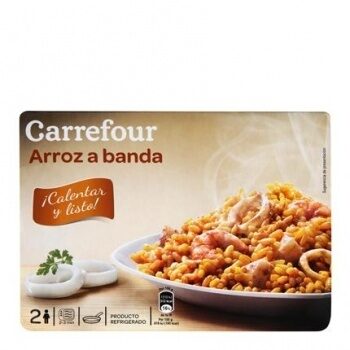Arroz abanda - Carrefour - 260 g
Aquesta pàgina del producte no està completa. Podeu ajudar a completar-la editant-la i afegint-hi més dades a partir de les fotos ja disponibles, o fent-ne més amb l'aplicació de androide o iPhone / iPad. Gràcies!
×
Algunes de les dades d’aquest producte les ha proporcionat directament el fabricant Carrefour España.
Codi de barres: 8431876109351 (EAN / EAN-13)
Quantitat: 260 g
Marques: Carrefour
Categories: en:groceries, es:Platos y comidas preparados
Botigues: Carrefour
Països on es va vendre: Espanya
Matching with your preferences
Entorn
Empaquetament
Transport
Report a problem
Fonts de dades
Producte afegit per elcoco
Última modificació de la pàgina del producte per teolemon.
La pàgina del producte, també editada per acuario, elcoco.ebb61deae453bdf5fc95ff108761a26b, kiliweb, org-carrefour-espana, roboto-app, thaialagata, yuka.Ui9BR01iVUZwdHdBbi9BZTl4ZlIvUFJSM3EyZ1ZHcTdOYzA0SUE9PQ.








